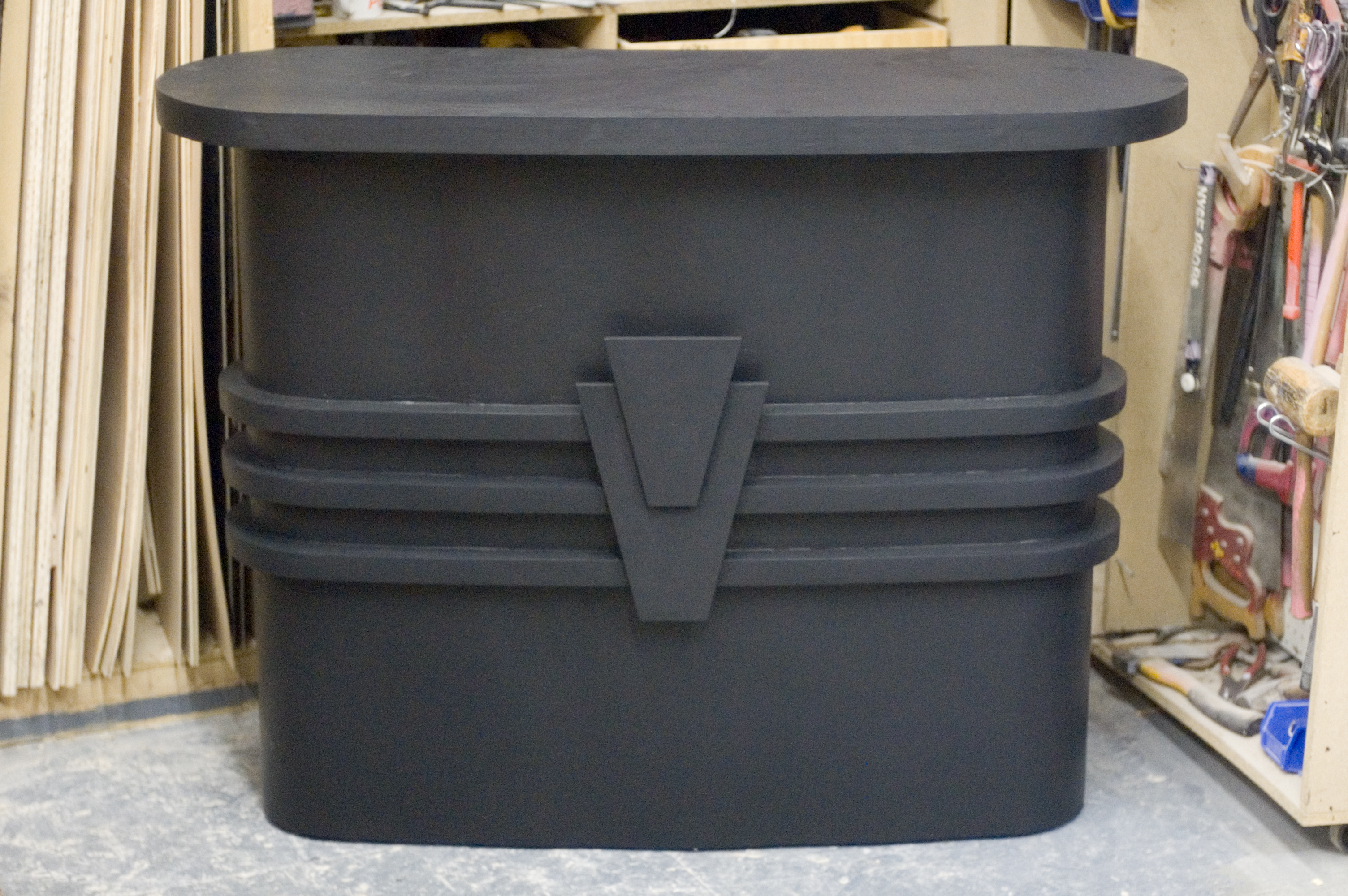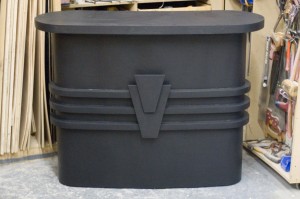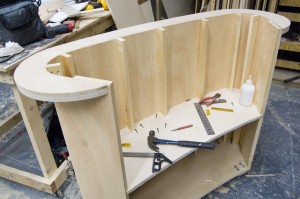Will sent me two sites he uses for making paper props.
The first is Best Brands of the World. This has vector files of the logos for many of the most popular companies around the world. What’s a vector file? It’s a graphic you can resize without getting those jaggy edges. You usually work with them in a vector graphics program, like Adobe Illustrator, but you can still use them in a raster graphics program like Adobe Photoshop. When you open the file, it asks you what size you want to make it. I’ll probably be using this site this week, as I have to build a Starbucks sign.
The second is What the Font. Will says:
You can send a scan of any string of text (it has suggestions for size and length) and it will make a pretty good guess as to what font you’re looking for. This is really handy if you’re trying to duplicate something in a paper prop. They also have a forum that has logos and text that have already been worked out.
Maybe one day, Will can write a tutorial on the newspapers he had to make while I was working at Actors Theatre.







